Growing hydrangeas can transform your garden into a picturesque haven. Known for their vibrant blooms and lush foliage, hydrangeas are both elegant and whimsical.
This guide provides 10 essential tips to help you nurture these beautiful plants, ensuring they thrive throughout the seasons.
1. Choose the Right Location

Hydrangeas thrive in a spot with morning sun and afternoon shade. Too much sun can scorch the leaves, while too little can hinder blooming.
Finding that perfect location ensures vibrant growth. Look for areas near trees or structures that provide natural shade in the afternoon.
2. Prepare the Soil
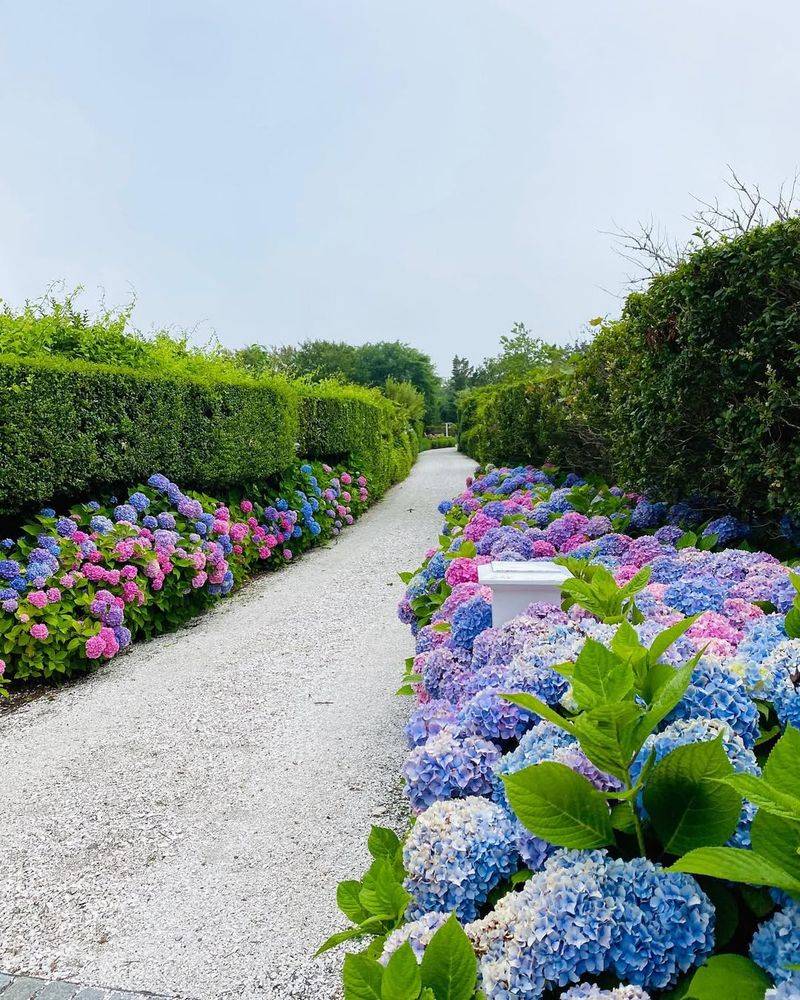
Good soil is the foundation for healthy hydrangeas. Enrich your soil with organic matter, such as compost or well-rotted manure.
This improves drainage and provides essential nutrients. Test soil pH to adjust the color of your blooms; acidic soil yields blue flowers, while alkaline soil results in pink.
3. Water Wisely
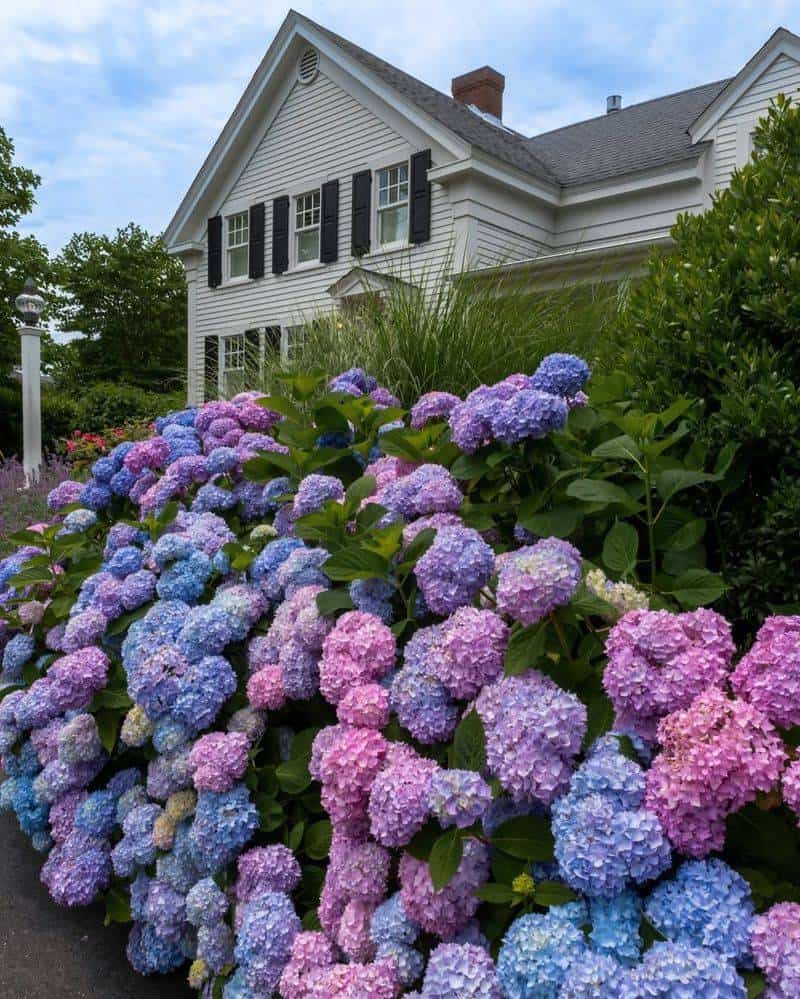
Hydrangeas prefer consistent moisture. Water deeply once a week, focusing on the root zone. Avoid overhead watering to prevent fungal issues.
In hot climates, mulch can help retain moisture. Using a soaker hose can ensure water reaches the roots effectively without wasting resources.
4. Pruning Techniques

Prune hydrangeas to encourage healthy growth and abundant blooms. Remove dead or damaged wood in early spring.
For varieties that bloom on new wood, cut back last year’s growth by one-third. Always use sharp tools to make clean cuts, which reduces the risk of disease.
5. Fertilize Regularly
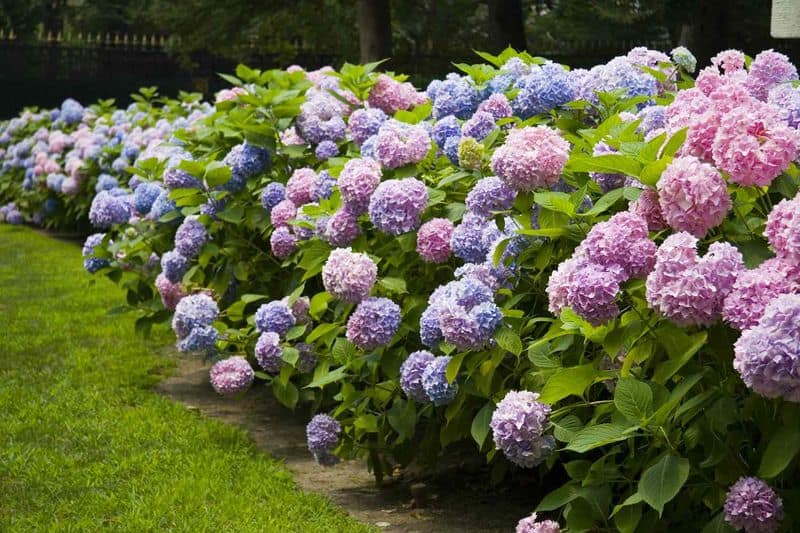
Fertilizing hydrangeas promotes vigorous growth and vibrant blooms. Apply a balanced, slow-release fertilizer in early spring and again in late summer.
Over-fertilizing can harm the plant, so follow package instructions carefully. Organic options are ideal for maintaining soil health and supporting the ecosystem.
6. Control Pests Naturally
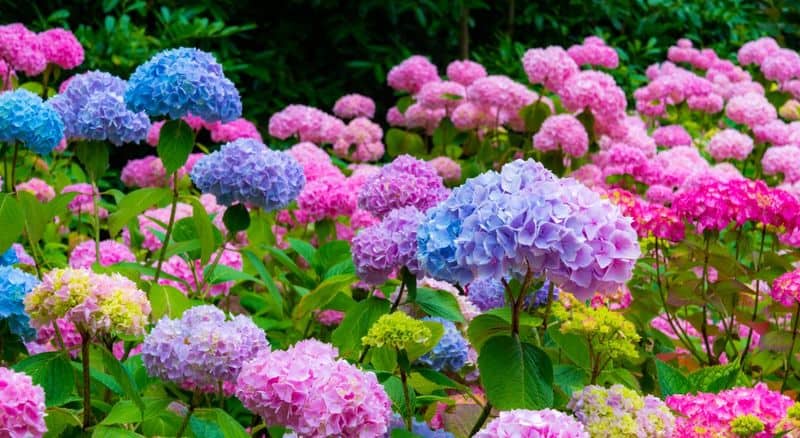
Keep pests at bay using natural methods. Introduce beneficial insects, like ladybugs, to control aphids and spider mites. Regularly inspect plants for signs of infestation.
Remove affected leaves and use insecticidal soap if necessary. Maintaining a healthy garden ecosystem minimizes pest problems naturally.
7. Monitor for Diseases

Vigilance is key in managing hydrangea diseases. Look for spots, wilting, or discoloration. Early intervention is crucial.
Remove infected plant parts and improve air circulation by spacing plants properly. Use fungicides as a last resort to control stubborn fungal infections, and always follow safety guidelines.
8. Mulching Benefits
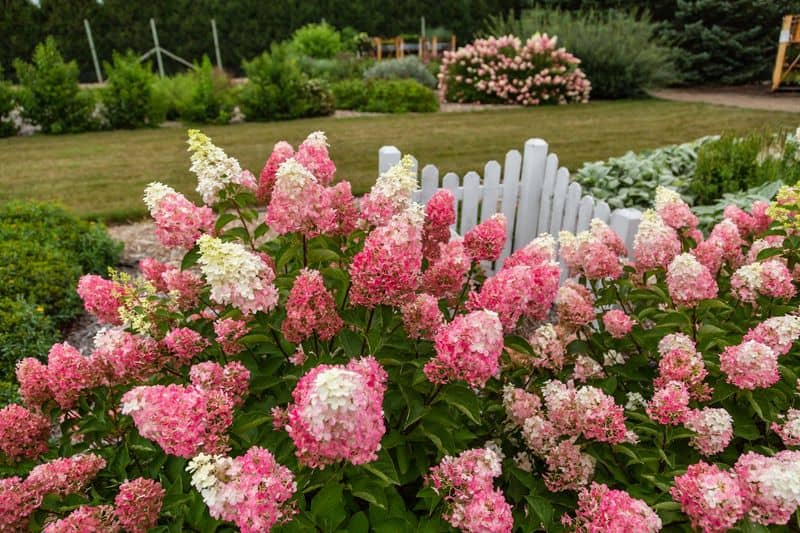
Mulch aids in moisture retention and temperature regulation. Apply a 2-3 inch layer around your hydrangeas, avoiding direct contact with stems.
This suppresses weeds and enriches the soil as it breaks down. Organic mulches like bark or straw are excellent choices for a healthy, thriving garden.
9. Seasonal Care
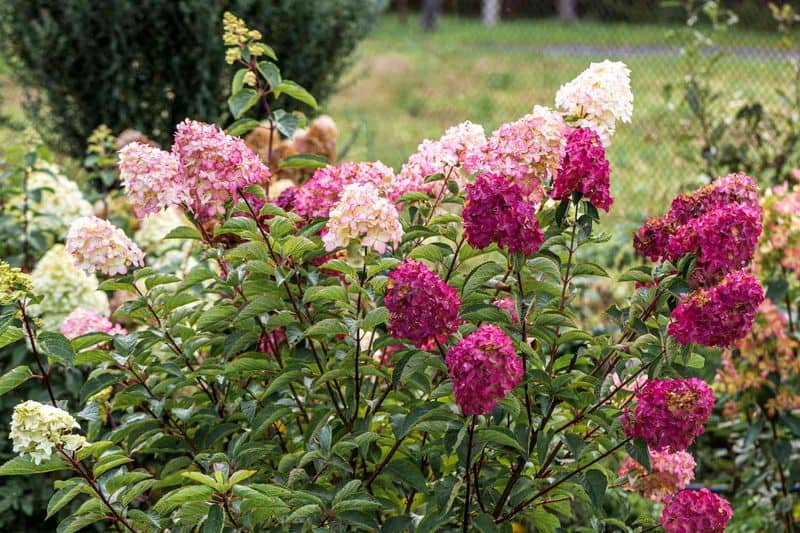
Adapt care routines to seasonal changes. In spring, focus on pruning and fertilizing. Summer requires attentive watering and pest management.
Autumn is for mulching and preparing for winter. Consider covering hydrangeas in colder climates to protect them from frost damage, ensuring robust growth in the spring.
10. Encourage Blooming
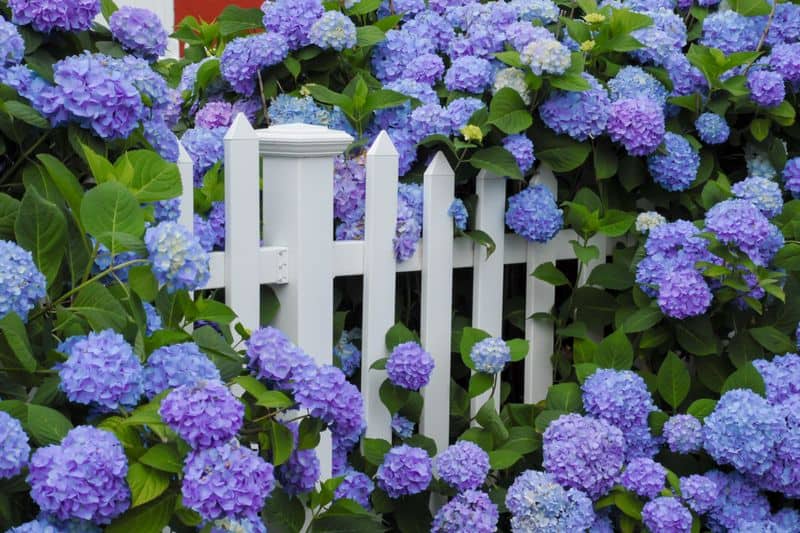
Promote flowering by ensuring optimal conditions. Adequate sunlight, proper pruning, and balanced fertilization are key.
Avoid high-nitrogen fertilizers that encourage leaf growth at the expense of blooms. With patience and care, your hydrangeas will reward you with stunning floral displays that captivate and enchant.

